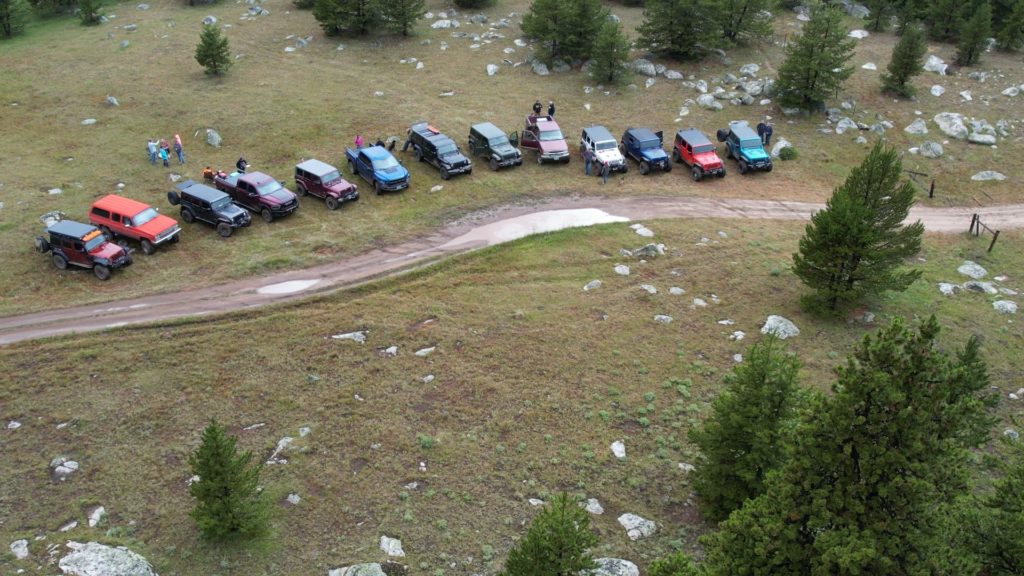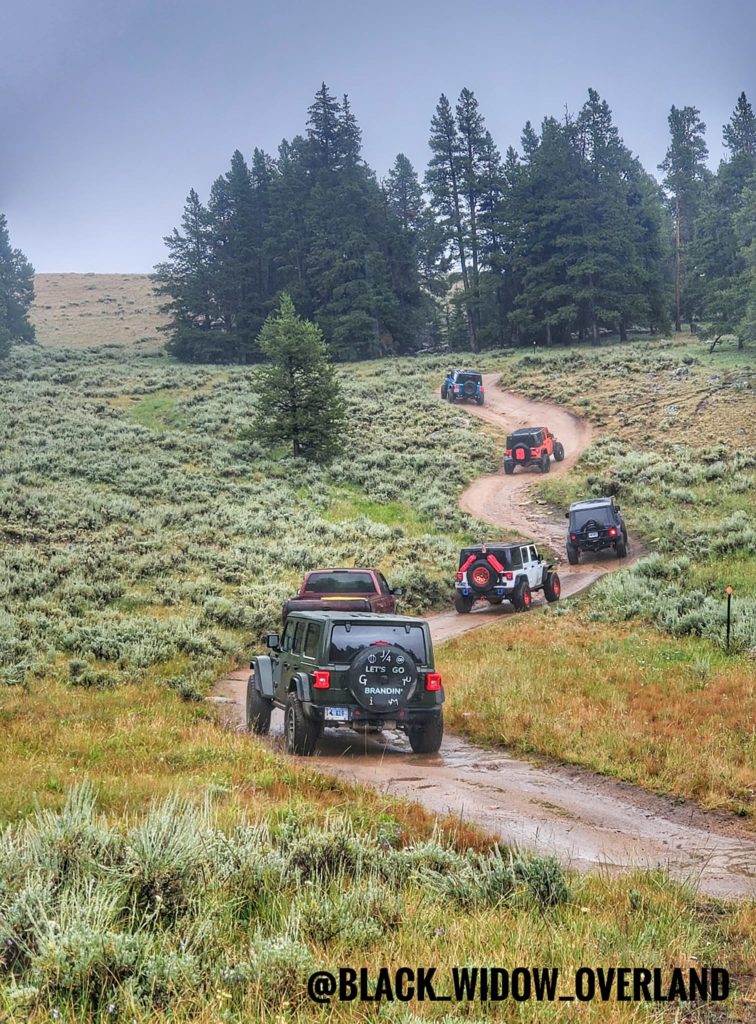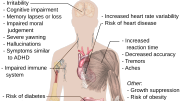

In 1990, my husband accepted his first teaching position as a one-room school teacher in a remote area of southeast Montana. The neighbors lived ten miles down the road in each direction. In the sparsely populated community lived a 28-year-old cowboy who became disabled due to multiple sclerosis. Soon after we moved away in 1992, a middle-aged mother learned she had progressive MS. Then, two of her adult daughters became sick with it. You might guess heredity played a role, but then the woman’s sister-in-law arrived to take care of her, and she came down with MS a year or two later. Eight years after leaving southeast Montana, I was diagnosed with multiple sclerosis too.
We later learned of additional MS cases in the general area and suspected it might be a cluster zone. Was it a cluster? Could the cases be related to the military missiles buried in the region? Given my two-year residency there, would I be considered a patient in the cluster? Does it matter that I was worked up for multiple sclerosis when I was fifteen years old before I lived in Montana? The Montana example shows how complicated MS clusters can be. Who counts in the cluster? When did they live there? What is their family medical history?

There were 727,344 MS warriors in the United States in 2010, with a “north-south decreasing prevalence gradient” and the lowest rates in the world being closest to the equator. (Neurology) “People who migrate from high to low incidence areas at an early age assume the risk of developing MS of their destination region, while those migrating in adulthood retain the risk of their countries of origin, implicating an agent or agents, in childhood.” (Mayer)
Clusters or geographical areas with higher than expected incidents of multiple sclerosis “may provide clues to environmental or genetic risk factors that might cause or trigger the disease.” (NMSS) However, researching anomalies has challenges, such as deciding when a cluster exists. How many cases are required for a group of patients to be considered a cluster? Over what range of time or geographical area? How will the number of patients be determined since MS is not contagious and, therefore, not reportable to any specific organization like the CDC? Who will the comparison group be? “The expected incidence in an area must take into consideration not only its geographical location but also the age, gender distribution and ethnic makeup of the people living there.” (NMSS)
To learn more about the difficulties of investigating MS clusters, check out the article “Clusters” on NMSS.


For those wondering, I am back on my feet from my latest round of COVID., though I’m still dragging with fatigue and battling the dreaded COVID cough at times.
On August 6, 2022, the Wyoming Jeepers had our fans join us for the ride over Woodchuck Pass and down the West Fork Goose Creek Trail in the Big Horn Mountains. Despite the forecast of 88-100% chance of precipitation all day, everyone showed up. Thirteen Jeeps made their way through the fog and rain, and we all had a great time. We will release a video of the fan trip soon.
Thank you to @Black_Widow.Overland for sharing this photo. Elgin and I are in the front Jeep in the photograph.

Upcoming Appearances
September 13, 2022 – Alaska Presentation at the Red Lodge Carnegie Library, 3 8th St W, Red Lodge, MT 59068 – 3:00-5:00 p.m.
October 8, 2022 – High Plains Book Awards, 12-4 p.m. Billings Public Library Community Room for panel discussions and author book signings at 510 N Broadway, Billings, MT 59101 and, 7:30 p.m. Awards Presentation at Petro Theater at 1500 University Drive, Billings, MT 59101
October 12-18, 2022 – Thorne Bay Library and Thorne Bay School presentations TBA
October 25, 2022 – Thriving Over Surviving podcast interview
November 1, 2022 – Dragon Claw guest speaker on Zoom
Resources
Mayer, Jonathan, D. “Geographical Clues About Multiple Sclerosis.” JSTOR. https://www.jstor.org/stable/2562681. (accessed August 16, 2022).
National Multiple Sclerosis Society. “Clusters.” https://www.nationalmssociety.org/What-is-MS/What-Causes-MS/Clusters. (accessed August 16, 2022).
Neurology. “The prevalence of MS in the United States.” https://n.neurology.org/content/92/10/e1029. (accessed August 16, 2022).
Poole, Mel. Cluster Image. https://unsplash.com/photos/ToI01Apo4Pk. (accessed August 17, 2022).



